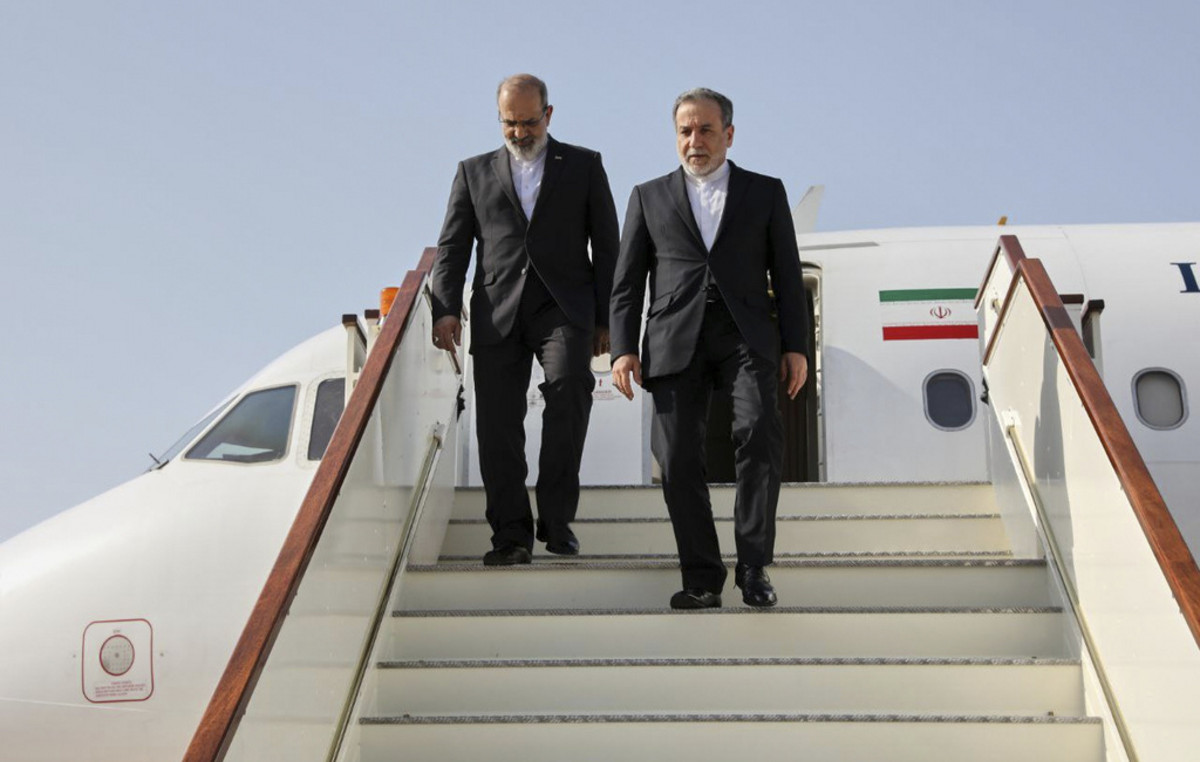An almost secret oasis of peace between the two best-known ski areas of Plose and Val Badia. The small one Val di Funes it has only one facility, a ski lift, and rather than skiing, it has focused on hiking, cross-country skiing and sledding.
After all, as Robert Messner, President of the Puez Odle Nature Park «in 1973 there was a company interested in investing in ski tourism with the installation of 3 ski lifts. But luckily it wasn’t allowed and in 1978 the area was declared a natural park». At the time, over five thousand signatures were collected in favor of the Movement for the conservation of the Odle group and thanks to that mobilization the valley maintained its face made up of pastures, fir, pine and larch woods and small villages gathered around small churches.
We are in South Tyrolin the green heart of the Puez Odle Nature Park (which extends as far as the Gardena and Alta Badia valleys), where the rural identity of a valley has always been maintained land of farmsteads, farmers and breeders. «The valley has remained almost entirely intact and an attempt is being made to practice sustainable tourism for man and nature, offering guests an intact landscape, typical products and ancient working methods. That of the Val di Funes it’s a slow way to travel which offers small and family hotels and restaurants, where the relationship with the guest is more intense and personal. A dimension that makes it possible to go ahead even when there is a crisis and to keep young people with them, who in this way do not leave, but remain”. An example is the little one Gsoihof Hotela family farmhouse overlooking the Odle that produces cheese in a 12th century estate with a private church.
The frescoed church of Ranui is one of the most photographed in South Tyrol (Francesco saverio Gliozzi).
The most spectacular valley
However, we have to deal with the photographic beauty of the Dolomites, with hotspots such as the small church of Ranui or the village of Santa Maddalena which offer postcards of an idyllic South Tyrol. Behind this lies the danger of ‘snap and run’ tourism that crowds paths and streets just long enough for a click. A fast-paced tourism that the inhabitants of Funes prefer to do without (in the future a limited number of entrances to the park’s car parks is planned), focusing instead on the slowness of the ‘good, clean and fair‘. A culture of food linked to respect for the land and its guardians, local producers. It is no coincidence that the valley became the last May first Slow Food Travel destination in South Tyrol: a new travel model that enhances the gastronomic, cultural and social heritage in a slow and sustainable way. In fact, in every season, the tourist association offers guided excursions among local producers to discover the quality of the products and learn how to cook them.
Günther participates in the Slow Food Travel excursions showing the production of high-altitude honey and the valley of sheep with glasses (Villnöss Tourismus Genossenschaft/Armin Terzer).
The producers
Among the 23 member producers there is Günther Pernthalerbreeder of a ancient and native breed of sheep endangered which is distinguished by the black spots around the eyes and on the ears. «The sheep with glasses (Villnösser Brillenschaf) is the result of crosses between three breeds. – says Günther from his farm at an altitude of 1350 m which also produces excellent high altitude honey. – The round muzzle comes from the Bergamo breed, the wool from the Paduan breed and the ‘glasses’ from the Carinthian one. Old people say that the animals developed these patches around the eyes from the powerful sun at high altitudes: a defense mechanism of nature that also keeps flies away. The meat of this breed, Slow Food presidium, it is very delicate and with a little touch of game. And wool is considered the best of the alpine breeds because it is fine and thick». It is no coincidence that outdoor brands such as Salewa and Luis Trenker require this wool for their leather-contact finishes. Today, thanks to the efforts of breeders such as Günther, the number of animals has more than doubled and the breed is registered in Brussels.
The lambs of the indigenous breed known as the sheep with glasses due to the black spots around the eyes (Villnöss Tourismus Genossenschaft/Armin Terzer).
The restaurants
And one of the founders of the Slowfood Travel project in Val di Funes is Oskar Messner, creative chef of the Pitzock restaurant, where the principals of the valley, and beyond, can be savored on a plate. On the menu, depending on the harvest and seasonality, you can taste the ingredients of the farms and the excellences promoted by Slow Food. Any examples? From the velvety cappuccino of local vegetables or Slow Food Presidia to the lamb shank from the Val di Funes, up to the malga cheeses, and desserts with fruit picked from the trees in the garden. The menu is an inventory of biodiversity!
The velvety porcini cappuccino from Oskar Messner’s restaurant (©Pitzock).
«What we believe in is a type of slow tourism, which in contact with small producers enriches both visitors, who learn the traditions and culture of a territory; than the farmers and breeders themselves, gratified by the interest aroused». With his Furchetta project (from the name of the Dolomite peak of the Odle and of the fork that recalls food), which collects the basket of products of the valley, a fair price is guaranteed for the meat and wool of sheep with glasses and supports the work of breeders and farmers. The name Pitzock? It derives from the locality where the restaurant is located, exactly the same where it was born Reinhold Messner. In these mountains, in fact, the climber of all the eight-thousanders took the first steps of his extraordinary mountaineering career and there is a project in the pipeline to dedicate a small museum to him. The mountaineer is also a testimonial of Slowfood travel.
Sledding is one of the favorite activities in the Val di Funes with groomed trails between woods and clearings (IDM Südtirol-Alto Adige/Manuel Kottersteger).
Visit the valley
And a valley so respectful of its biodiversity and nature could only invest in clean air. To do this, the Val di Funes has achieved energy independence exclusively from renewable sources and adheres to thealliance for the soft mobility of Alpine Pearls, the network of Alpine resorts that guarantees alternative means of transport to cars. Staying in the structures of the valley, in fact, you get the DolomitiMobil Card, with which you have free access to the efficient network of buses and shuttles and to winter excursions. An example? Once you get off the bus at Malga Zannes you can go up on foot or with snowshoes to the Geisleralm hutfrom the delicious local cuisine, where the view of the Dolomites is such a spectacle to be enjoyed on the armchairs as in a natural setting Odle cinema. From here, the whole slope descends on the sled along the 5.6 km of the slope that arrives at the little church of Ranui.
Source: Vanity Fair
I’m Susan Karen, a professional writer and editor at World Stock Market. I specialize in Entertainment news, writing stories that keep readers informed on all the latest developments in the industry. With over five years of experience in creating engaging content and copywriting for various media outlets, I have grown to become an invaluable asset to any team.







